Dental Floss vs Interdental Brush: What's Best for You?
The battle for superior oral health has been long-standing, with dental floss and interdental brushes competing for the top spot. But which one reigns supreme? In this ultimate showdown, we'll dive into the pros and cons of each dental tool to determine which is truly the best for your oral hygiene routine.
Dental floss, a tried and true method, has been around for centuries. Its thin thread is ideal for reaching tight spaces, removing plaque, and preventing gum disease. On the other hand, interdental brushes are gaining popularity for their ease of use and effectiveness in dislodging debris between teeth. Their small bristles are able to reach in between teeth and clean gently, without causing any damage.
So, which should you choose? Well, it largely depends on your personal preferences, oral health needs, and the advice of your dentist. Both dental floss and interdental brushes are effective tools for maintaining oral hygiene, and the key is finding what works best for you. Join us as we delve deeper into this showdown and unlock the secrets to achieving optimal oral health with the ultimate winner - whether it be dental floss or interdental brushes.
Importance of Interdental Cleaning for Oral Health
Interdental cleaning plays a crucial role in maintaining optimal oral health by preventing gum disease, tooth decay, and other oral issues. It helps to remove food particles and plaque that are trapped between teeth where a toothbrush cannot reach effectively. Regular interdental cleaning reduces the risk of periodontal diseases and contributes significantly to overall dental health.
Dental Floss: Benefits and Proper Technique
Benefits:
- Dental floss can effectively clean tight spaces between teeth and below the gumline, areas that are hard for a toothbrush to reach.
- It helps in preventing gum disease, tooth decay, and bad breath.
- Convenient and portable, making it easy to carry and use anywhere.
Proper Technique:
- Cut about 18 inches of floss, and wind most of it around the middle finger of one hand and the rest around the middle finger of the other hand.
- Hold the floss tightly between the thumbs and forefingers.
- Gently insert the floss between the teeth and move it back and forth, up and down, and behind each tooth, ensuring to reach below the gumline.
Interdental Brushes: Benefits and Proper Technique
Benefits:
- Interdental brushes can effectively clean larger gaps between teeth and are particularly useful for those with braces or dental bridges.
- They are easier and quicker to use compared to dental floss.
- Suitable for individuals with limited dexterity.
Proper Technique:
- Choose the right size of the interdental brush. It should fit snugly between the teeth without forcing it.
- Gently insert the brush between the teeth and move it back and forth to remove plaque and food particles.
Comparison Between Dental Floss and Interdental Brushes
While both dental floss and interdental brushes are effective for interdental cleaning, they cater to different needs and preferences. Dental floss is more suitable for smaller gaps between teeth, whereas interdental brushes are ideal for cleaning larger spaces, braces, and bridges.
Factors to Consider When Choosing Between Dental Floss and Interdental Brushes
- Size of the Gaps Between Your Teeth: Larger gaps are better cleaned with interdental brushes, while tighter spaces require dental floss.
- Braces or Dental Bridges: Interdental brushes are more suitable for individuals with braces or dental bridges.
- Dexterity: Individuals with limited dexterity may find interdental brushes easier to use.
- Preference: Personal preference plays a significant role in choosing the most suitable interdental cleaning tool.
Dental Floss and Interdental Brushes: Pros and Cons
Dental Floss:
Pros:
- Suitable for tight spaces.
- Portable and convenient.
Cons:
- Technique-sensitive.
- May be difficult for individuals with limited dexterity.
Interdental Brushes:
Pros:
- Ideal for larger gaps, braces, and bridges.
- Easier to use for individuals with limited dexterity.
Cons:
- Not suitable for tight spaces.
- Bulkier to carry around.
Expert Opinions on Dental Floss vs Interdental Brushes
Experts agree that the choice between dental floss and interdental brushes depends on individual oral health needs and preferences. The American Dental Association (ADA) suggests that either dental floss or interdental brushes can be effective for interdental cleaning as long as they are used properly and regularly.
Tips for Effective Interdental Cleaning
- Choose the Right Tool: Select a tool that is suitable for the size of the gaps between your teeth and meets your personal preferences and needs.
- Be Gentle: Avoid forcing the cleaning tool between your teeth to prevent gum damage.
- Be Consistent: Make interdental cleaning a part of your daily oral hygiene routine.
- Seek Professional Advice: Consult your dentist to get personalized recommendations for interdental cleaning tools.
Conclusion: Finding the Best Interdental Cleaning Tool for You
In conclusion, both dental floss and interdental brushes have their own sets of benefits and downsides. The choice between the two should be based on various factors, including the size of the gaps between your teeth, whether you have braces or bridges, your dexterity, and personal preference. The most important aspect is to ensure regular and proper use of the selected interdental cleaning tool to maintain optimal oral health. Don’t hesitate to consult your dentist for a personalized recommendation based on your unique oral health needs.
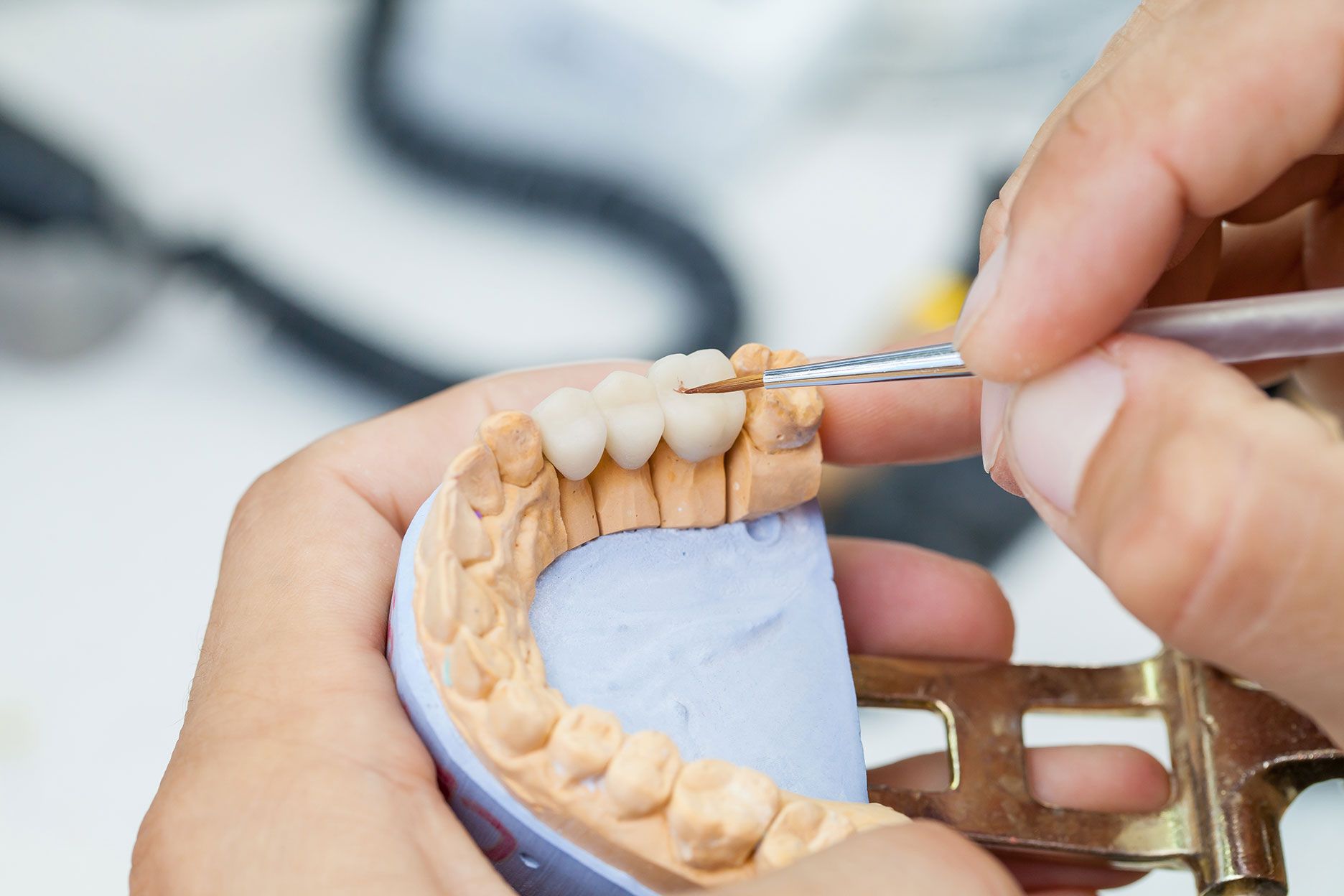


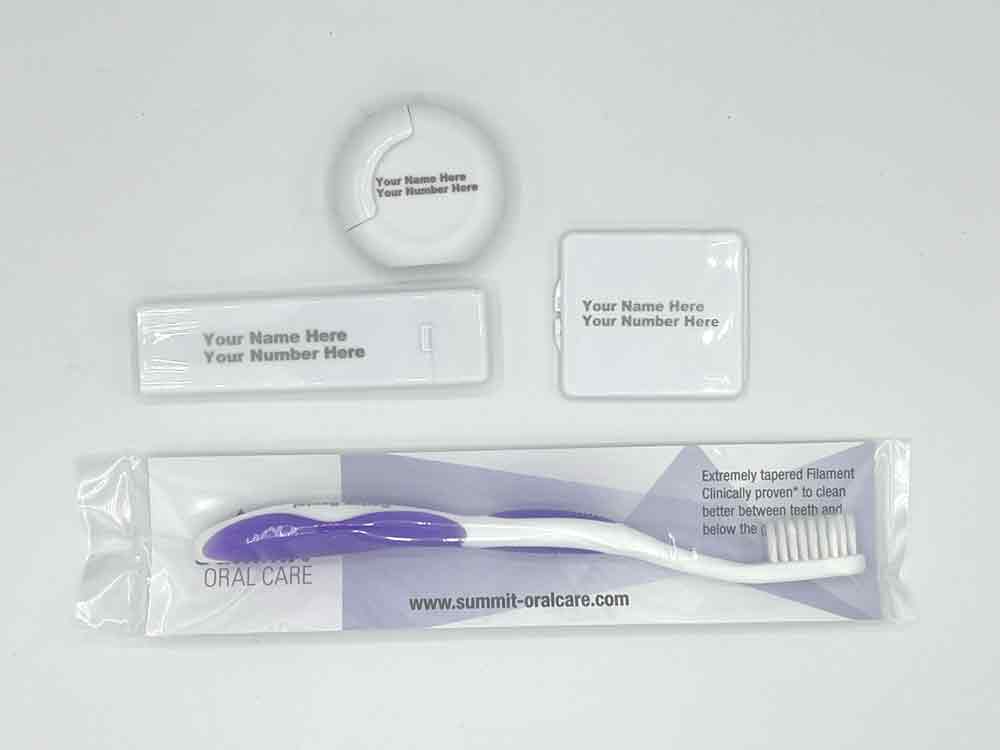
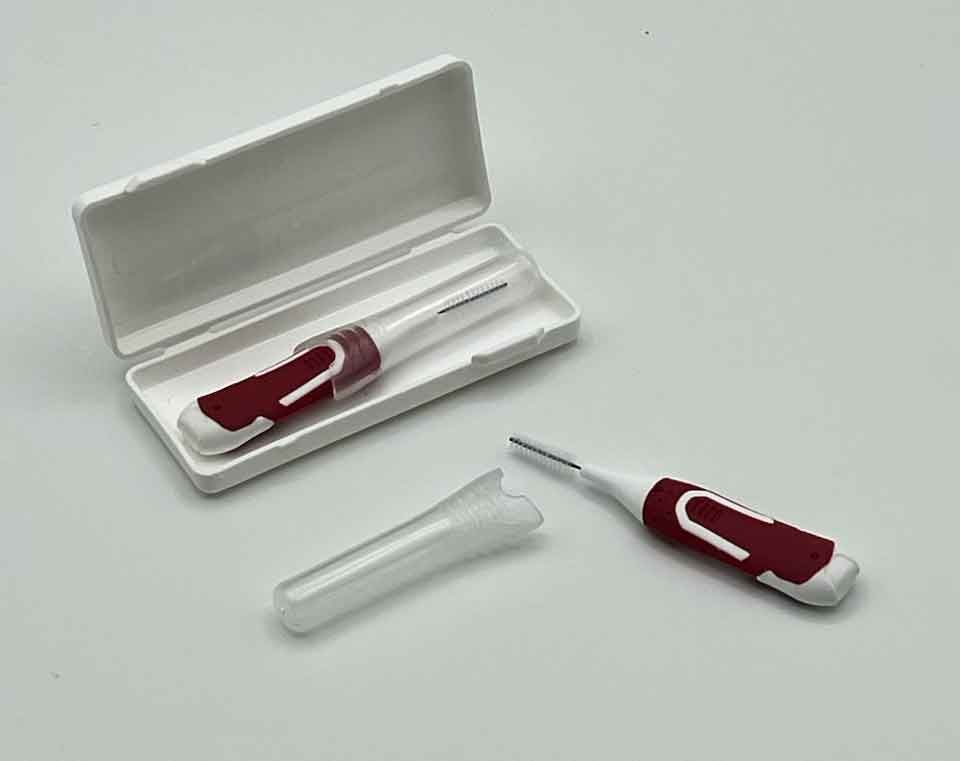

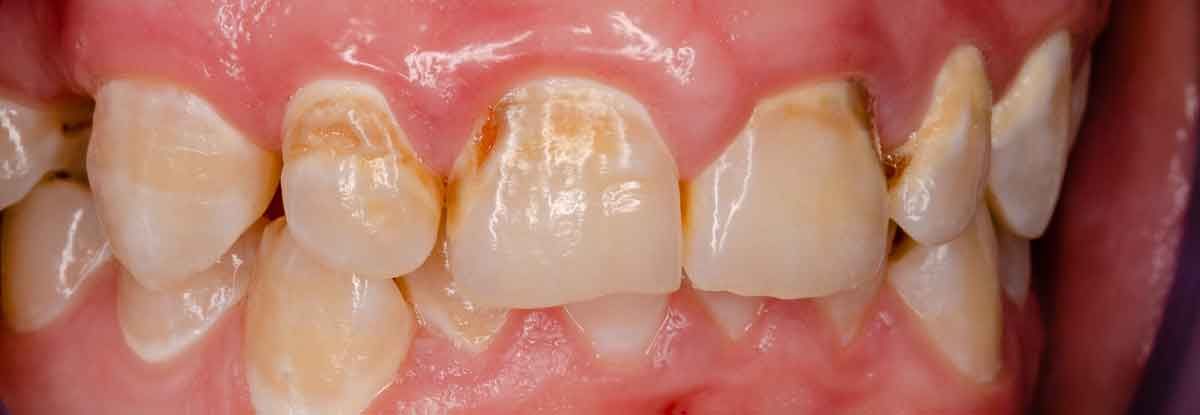
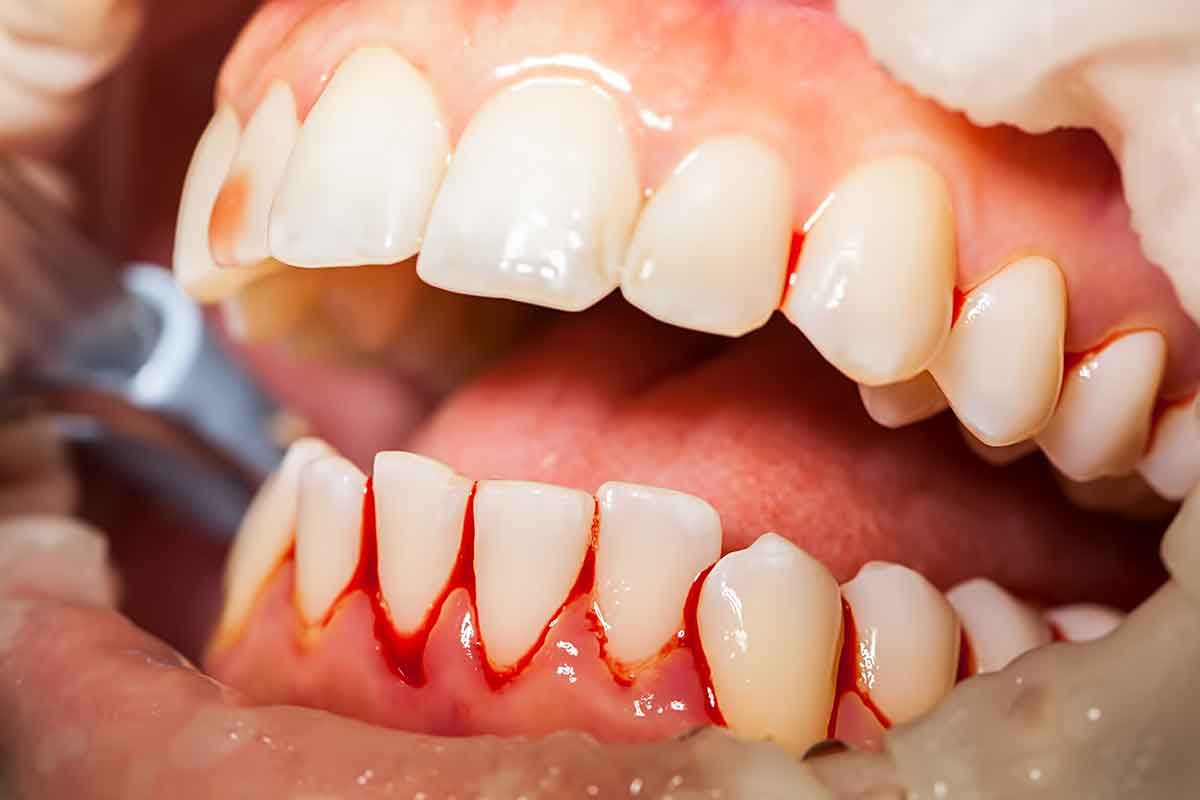
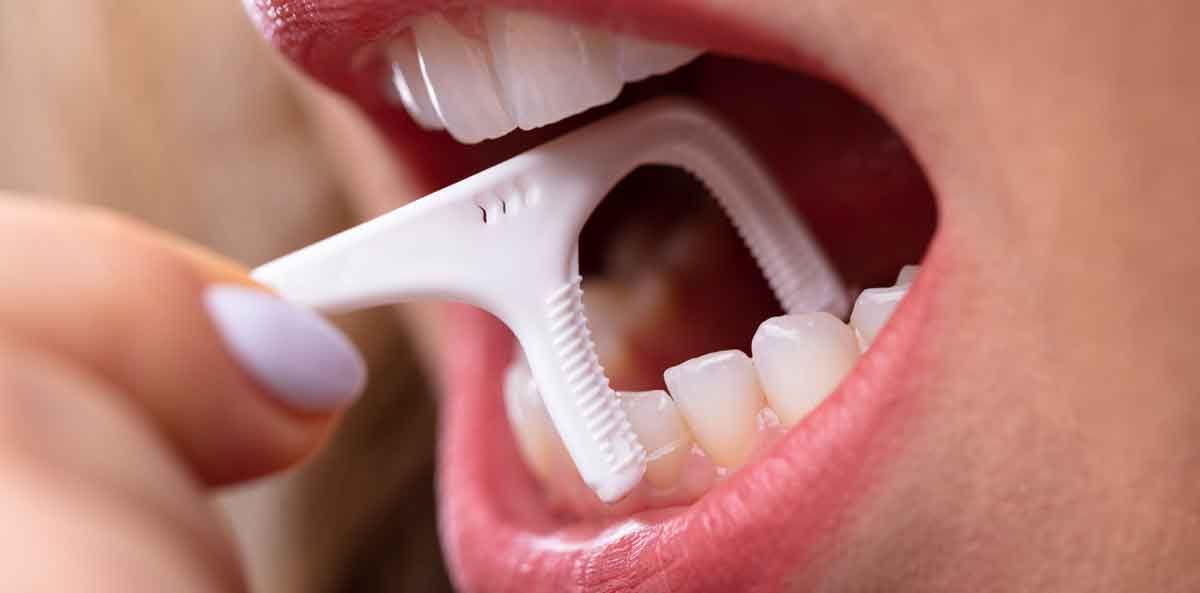
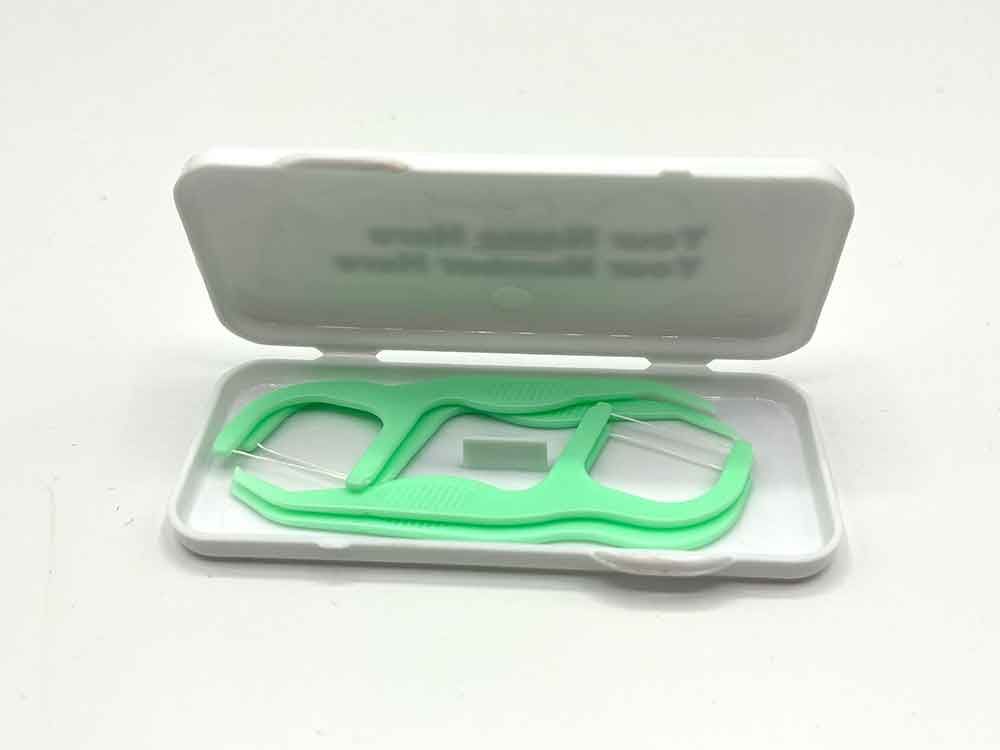
Subscribe to our newsletter
Don't miss out on the latest products, deals events and information. Sign Up Today!
Newsletter Sign Up
Thank you for joining Summit Oral Care. We look forward to keeping in touch!
Please try again later.
Summit Oral Care® provides a line of preventive oral care products for easy home care use. We partner with dental professionals and major retailers to provide solutions that create great smiles and prevent serious oral health issues such as cavities and gingivitis.
PRODUCTS
COMPANY
All Rights Reserved | Summit Oral Care | Privacy Policy | Powered by Beholder Agency © 2023








